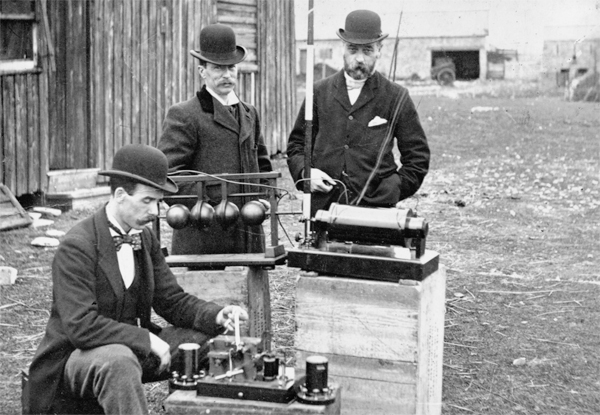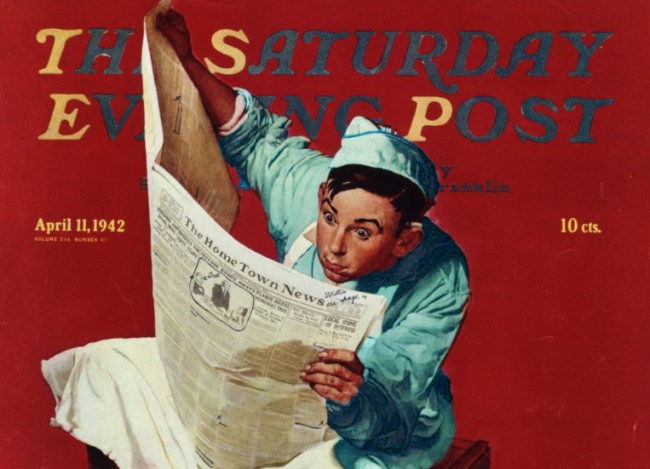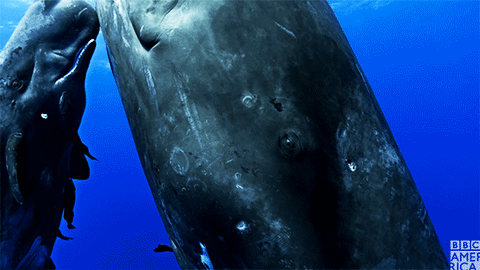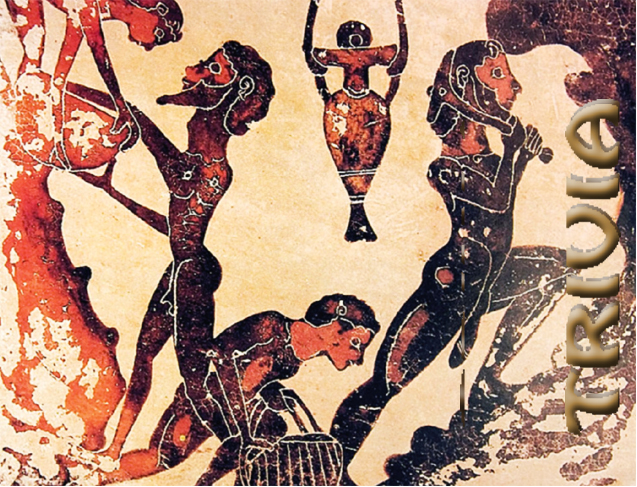
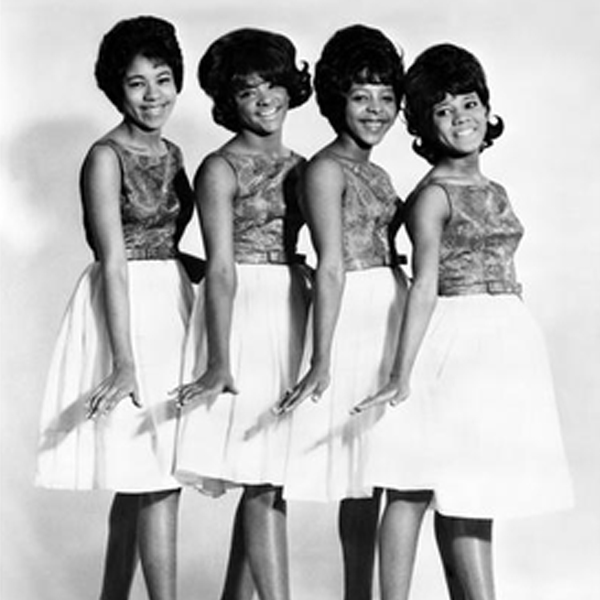
“My Sweet Lord” - George Harrison
Album: All Things Must Pass
Released 1970 
Famous Cases of Alleged Music Plagiarism
George Harrison vs. The Chiffons (1976)
Nothing really comes from scratch anymore, and music is no exception. The first thing bands talk about when they form are their influences, and they typically start off by (and never really stop) playing other people’s music.
Entire genres, like folk, blues, and hip-hop, are based upon liberal borrowing out of either tradition or necessity. Simply put, every artist you love, no matter how unique, innovative, and game changing they may be, stands on the proverbial shoulders of giants.
With that in mind, famous instances of alleged music plagiarism. Some cases went to court. Others got shrugged off. Sometimes we think we’re listening to the same song twice. Other times we just don’t hear it that way.
George Harrison “My Sweet Lord” 
Written by Ronnie Mack “He's So Fine”)  - (sung by The Chiffons (1962)
- (sung by The Chiffons (1962)
The Case: George Harrison became the first Beatle to have a solo Number One on the Billboard charts with his ode to piety “My Sweet Lord”. The subject matter was as far from early-Sixties Brill Building pop as one could get, but musically the verses bear a strong resemblance to the Chiffons' 1962 hit “He's So Fine”, written by Ronnie Mack. Mack's publisher, Bright Tunes Music Corporation, filed a plagiarism suit in February 1971, but the case wouldn't go to trial until 1976. In the intervening years, the Chiffons themselves would record a version of “My Sweet Lord” to draw attention to the upcoming trial. Harrison claimed that he actually based the melody of the song on the public-domain hymn “Oh Happy Day”, but admitted the similarity to “He's So Fine” in his autobiography, I Me Mine.
The Verdict: The judge ruled that Harrison was guilty of “subconscious plagiarism”. The penalty phase was delayed until February 1981. He was initially ordered to pay $1,599,987, but this was lowered to $587,000 when his former manager Allen Klein purchased Bright Tunes Music and negotiated the sale of the song to Harrison. Litigation continued until March 1998, making it one of the longest legal skirmishes in American history. “I don't feel guilty or bad about it”, he continued in his autobiography. “In fact it saved many a heroin addict's life. I know the motive behind writing the song in the first place and its effect far exceeded the legal hassle.”
Why It Matters: In addition to introducing the phrase “subconscious plagiarism” into the popular lexicon, the ruling set a precedent of harsher copyright standards and ushered in a wave infringement suits.
This was Harrison's first single as a solo artist, and it was his biggest hit. The song is about the Eastern religions he was studying.
Highly unusual for a hit song, Harrison repeats part of a Hindu mantra in the lyric when he sings, “Hare Krishna... Krishna, Krishna”. When set to music, this mantra is typically part of a chant, that acts as a call to the Lord. Harrison interposes it with a Christian call to faith: “Hallelujah” - he was pointing out that “Hallelujah and Hare Krishna are quite the same thing.”
In the documentary The Material World, Harrison explains: “First, it's simple. The thing about a mantra, you see... mantras are, well, they call it a mystical sound vibration encased in a syllable. It has this power within it. It's just hypnotic.”
In 1971, Bright Tunes Music sued Harrison because this sounded too much like the 1963 Chiffons hit “He's So Fine”. Bright Tunes was controlled by The Tokens, who set it up when they formed the production company that recorded “He's So Fine” - they owned the publishing rights to the song.
During the convoluted court case, Harrison explained how he composed the song: He said that in December 1969, he was playing a show in Copenhagen, Denmark, with the group Delaney and Bonnie, whose piano player was Billy Preston (who contributed to some Beatles recordings). Harrison said that he started writing the song after a press conference when he slipped away and started playing some guitar chords around the words "Hallelujah" and "Hare Krishna." He then brought the song to the band, who helped him work it out as he came up with lyrics. When he returned to London, Harrison worked on Billy Preston's album Encouraging Words. They recorded the song for the album, which was released on Apple Records later in 1970, and Harrison filed a copyright application for the melody, words and harmony of the song. Preston's version remained an album cut, and it was Harrison's single that was the huge hit and provoked the lawsuit, which was filed on February 10, 1971, while the song was still on the chart.
In further testimony, Harrison claimed he got the idea for “My Sweet Lord” from The Edwin Hawkins Singers' “Oh Happy Day”  , not “He's So Fine”.
, not “He's So Fine”.
When the case was filed, Harrison's manager was Allen Klein, who negotiated with Bright Tunes on his behalf. The case was delayed when Bright Tunes went into receivership, and was not heard until 1976. In the meantime, Harrison and Klein parted ways in bitter fashion, and Klein began consulting Bright Tunes. Harrison offered to settle the case for $148,000 in January 1976, but the offer was rejected and the case brought to court.
The trial took place February 23-25, with various expert witnesses testifying. The key to the case was the musical pattern of the two songs, which were both based on two musical motifs: “G-E-D” and “G-A-C-A-C”. “He's So Fine” repeated both motifs four times, “My Sweet Lord” repeated the first motif four times and the second motif three times. Harrison couldn't identify any other songs that used this exact pattern, and the court ruled that “the two songs are virtually identical”. And while the judge felt that Harrison did not intentionally copy “My Sweet Lord”, that was not a defense - thus Harrison was on the hook writing a similar song without knowing it. Harrison was found guilty of “subconscious plagiarism” in a verdict handed down on August 31, 1976.
Assessing damages in the case, the judge determined that “My Sweet Lord” represented 70% of the airplay of the “All Things Must Pass” album, and came up with a total award of about $1.6 million. However, in 1978 Allen Klein's company ABKCO purchased Bright Tunes for $587,000, which prompted Harrison to sue. In 1981, a judge decided that Klein should not profit from the judgment, and was entitled to only the $587,000 he paid for the company - all further proceeds from the case had to be remitted back to Harrison. The case dragged on until at least 1993, when various administrative matters were finally settled.
The case was a burden for Harrison, who says he tried to settle but kept getting dragged back to court by Bright Tunes. After losing the lawsuit, he became more disenfranchised with the music industry, and took some time off from recording - after his 1976 album Thirty Three & 1/3, he didn't release another until his self-titled album in 1979. He told “Rolling Stone”, “It's difficult to just start writing again after you've been through that. Even now when I put the radio on, every tune I hear sounds like something else.”
This was recorded at Abbey Road studios using the same equipment The Beatles used. There were some familiar faces at the sessions who had contributed to Beatles albums, including John Lennon, Yoko Ono, Billy Preston and Eric Clapton. Bobby Whitlock was friends with Harrison and Clapton, and played keyboards on the album. When we spoke with Whitlock, he shared his thoughts:
“That whole session was great. George Harrison, what a wonderful man. All the time that I ever knew him, which was from 1969 to his passing, he was a wonderful man. He included everyone on everything he did because there was enough for all.”
Whitlock adds, “All during the sessions, the door would pop open and in would spring three or four or five Hare Krishnas in their white robes and shaved heads with a pony tail coming out the top. They were all painted up, throwing rose petals and distributing peanut butter cookies.“ (For more on these sessions, check out our full Bobby Whitlock interview)
This was the first #1 hit for any Beatle after the band broke up. Harrison was the first Beatle to release a solo album. He came out with Wonderwall Music, a soundtrack to the movie Wonderwall, in 1968.
Phil Spector produced this and sang backup. With the blessing of Harrison and John Lennon (and over the objections of Paul McCartney), Spector produced the last Beatles album, Let It Be.
Producer Phil Spector thought “My Sweet Lord” was the commercial hit of the album, and everyone else resisted him on that. According to Phil, George and others worried about how the public might react to the religious overtones and the Hare Krishna influence.
After Harrison died, this was re-released in the UK, where it once again went to #1. Proceeds from the single went to the Material World Charitable Foundation, which Harrison started in 1973 to support charities that work with children and the poor.
George Harrison, official website / Rolling Stone / COS /
Billboard / All Music / Song Facts / Ultimate Classic Rock / George Harrison
Image: “All Things Must Pass (album)” by George Harrison

A Test for People Who Know Everything
From the Jeopardy Archives Category - “DUMB DOWN THE SAYING” ($200)
“Arising in the morning from an incorrect mattress section.”
● Answer for People Who Do Not Know Everything, or Want to Verify Their Answer Business Insider
From the Jeopardy Archives Category - “DUMB DOWN THE SAYING” ($400)
“Anchoring position at the bottom of a wooden sculpture carved by Native Americans of the Northwest.”
● Answer for People Who Do Not Know Everything, or Want to Verify Their Answer English Stack Exchange
From the Jeopardy Archives Category - “DUMB DOWN THE SAYING” ($1,000)
“Flying mammals occupy that fellow's church bell tower.”/p>
● Answer for People Who Do Not Know Everything, or Want to Verify Their Answer Phrases.org UK
Answer to Last Week's Test
From the Jeopardy Archives Category - “NFL QUARTERBACKS” ($600)
“In the '70s this Cowboys quarterback was called 'Captain Comeback' & 'Roger the Dodger'.”
● Answer: Roger Staubach. Dallas Morning News
From the Jeopardy Archives Category - “NFL QUARTERBACKS” ($800)
“NFL quarterback Archie Manning never reached the Super Bowl, but these 2 sons have each won a Super Bowl MVP award.”
● Answer: Eli and Peyton Manning. Indy Star
From the Jeopardy Archives Category - “NFL QUARTERBACKS” ($1,000)
“This Vikings quarterback co-hosted 'That's Incredible!' & spoke at the 2016 Republican convention.”/p>
● Answer: Fran Tarkenton. Minneapolis Star Tribune

Joke of the Day
“Top 10 Jokes Only Adults Will Get in SpongeBob SquarePants”

“A Man went to a Psychiatrist for his Phobia”

“A Man went to a Psychiatrist for his Phobia”
“Doc”, he said, “I've got trouble. Every time I get into bed, I think there's somebody under it. I get under the bed, I think there's somebody on top of it. Top, under, top, under. You gotta help me, I'm going crazy!”
“Just put yourself in my hands for two years”, said the shrink, “Come to me three times a week, and I'll cure your fears.”
“How much do you charge?”
“A hundred dollars per visit.”
“I'll sleep on it”, said the man.
Six months later the doctor met the man on the street.
“Why didn't you ever come to see me again?” asked the psychiatrist.
“For a hundred buck's a visit? A bartender cured me for ten dollars.”
“Is that so! How?”
“He told me to cut the legs off the bed!”





